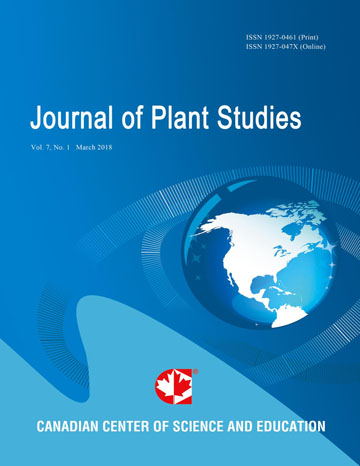Ethnobotanical Studies of Medicinal Plants used to Treat Human and Livestock Ailments in Southern Nations, Nationalities and Peoples’ Region, Ethiopia: A Systematic Review
- Firew Bekele Abebe
Abstract
Like many other parts of Ethiopia, people in the Southern Nations, Nationalities and Peoples’ Region (SNNPR) do have indigenous knowledge on the preparation and use of traditional medicinal plants. Even though different studies have been conducted to document medicinal plants in different zones of SNNPR separately, there is no previous review work which summarizes the medicinal plants and the associated indigenous knowledge at the regional level (at SNNPR region as a whole or in large scale). Also, there is no previous review work that prioritizes the factors that affect medicinal plants at the regional level (including threatened medicinal plants). The purpose of this paper was to review habitat, growth forms, the method of remedy preparation and administration, marketability of medicinal plants, and to prioritize the factors that affect medicinal plants in SNNPR. Most of the medicinal plants in the majority of the reviewed areas are harvested from wild. Herbs are the most utilized life forms and leaves are the most utilized plant part in the preparation of remedies. Fresh plant materials are the most employed in the preparation of remedies. Majority of medicinal plants are not marketable. Agricultural land expansion is a major threat to medicinal plants which followed by deforestation. Olea europaea subsp. cuspidata, Prunus africana, Echinops kebericho, Croton macrostachys, Cordia africana and Dodonaea angustifolia, Hagenia abyssinica, Withania somnifera and Ficus spp are the highly affected medicinal plant species which require conservation and management priority in the region.
- Full Text:
 PDF
PDF
- DOI:10.5539/jps.v8n1p1
Index
- AGRICOLA
- CAB Abstracts
- CABI
- CAS (American Chemical Society)
- CNKI Scholar
- Elektronische Zeitschriftenbibliothek (EZB)
- Excellence in Research for Australia (ERA)
- Google Scholar
- JournalTOCs
- Mendeley
- Open policy finder
- Scilit
- Standard Periodical Directory
- Technische Informationsbibliothek (TIB)
- WorldCat
Contact
- Joan LeeEditorial Assistant
- jps@ccsenet.org
